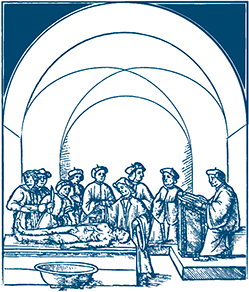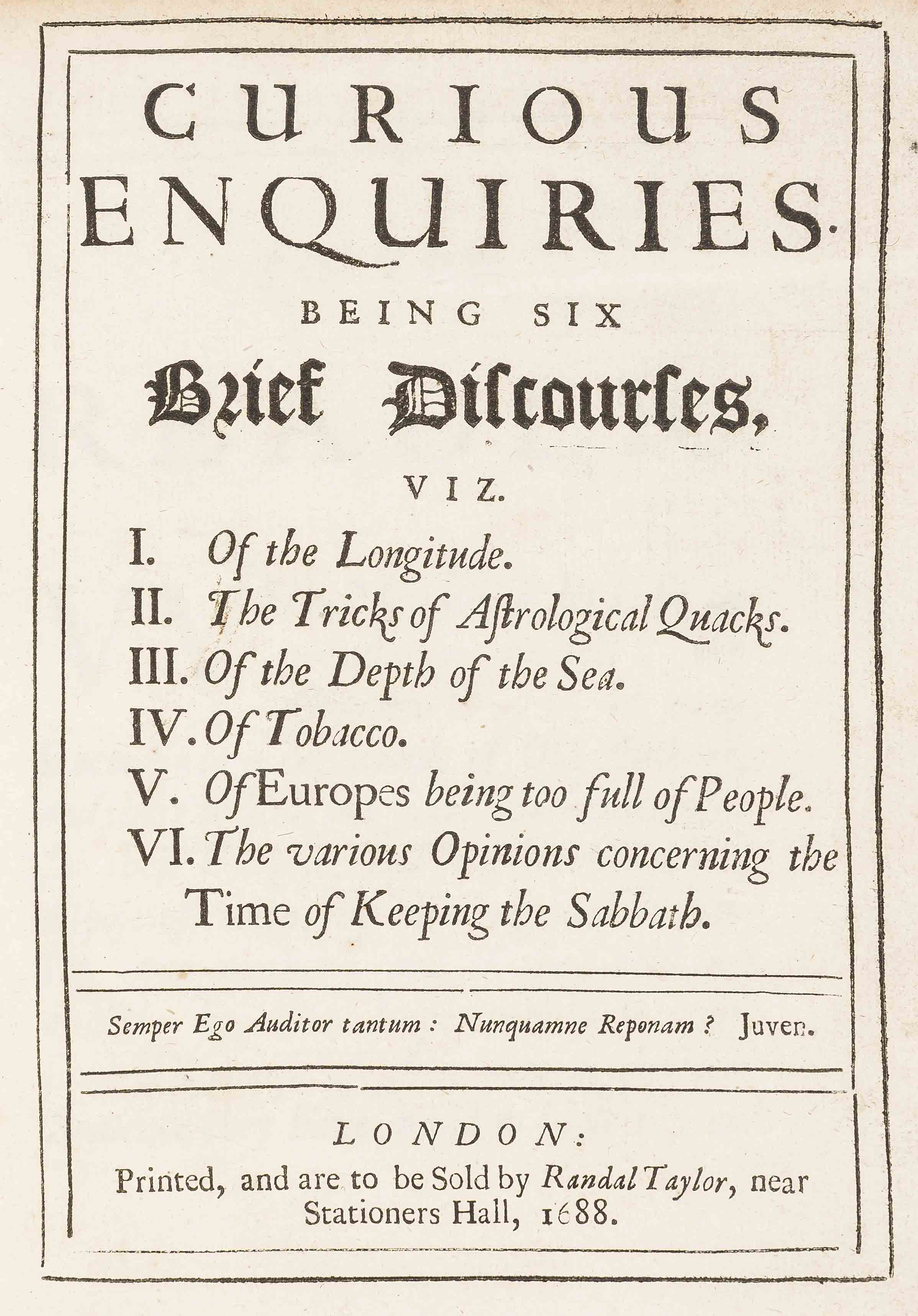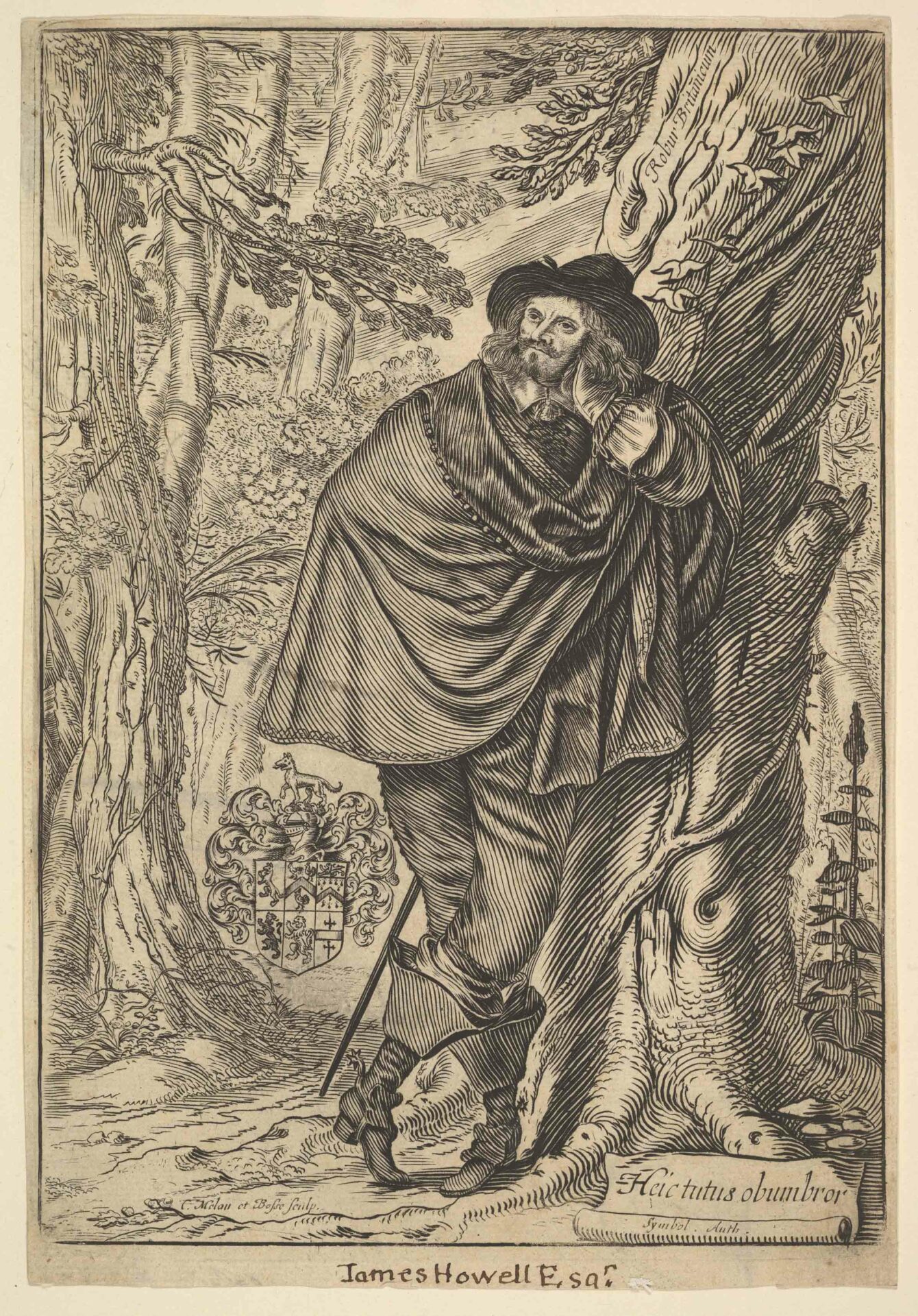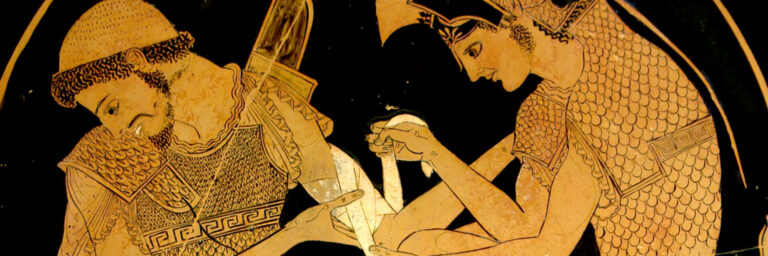Howling Dogs
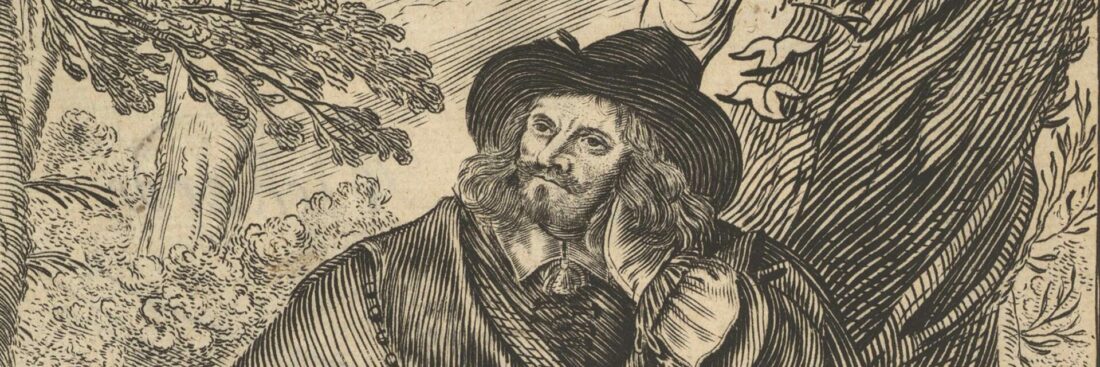
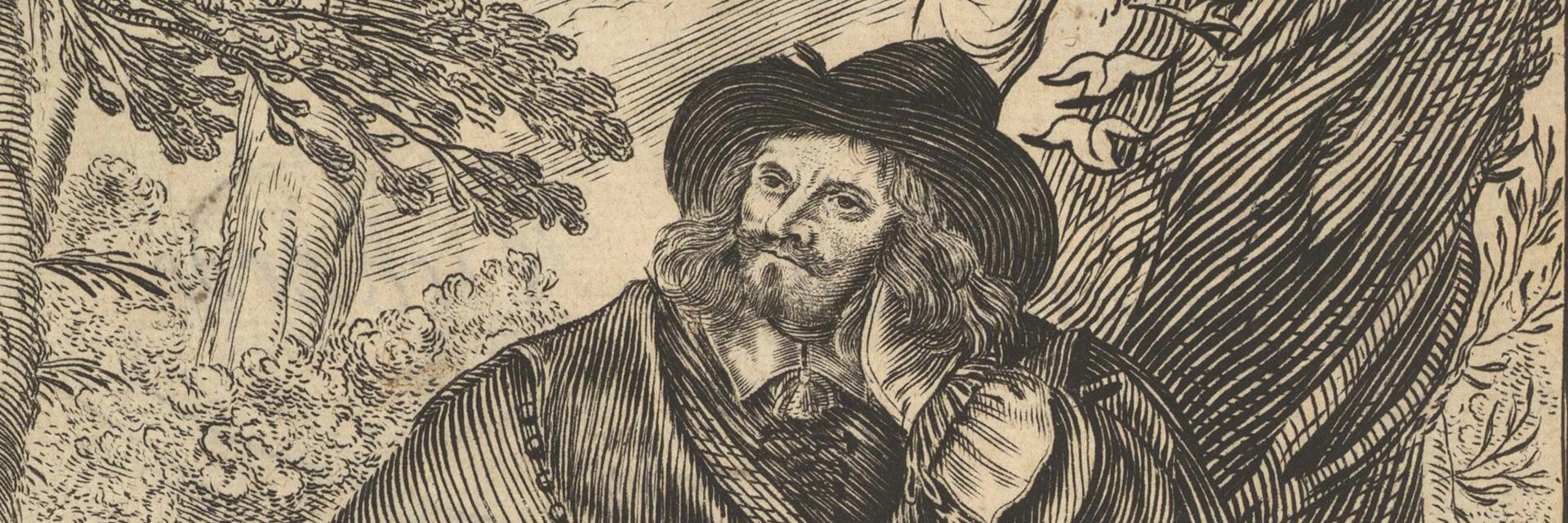
FORMA FLUENS
Histories of the Microcosm
Howling Dogs
A Medical-Historical Satire from 1688 and Its Afterlife
Sandro Paul Heidelbach
Yale University
Santorio Fellow
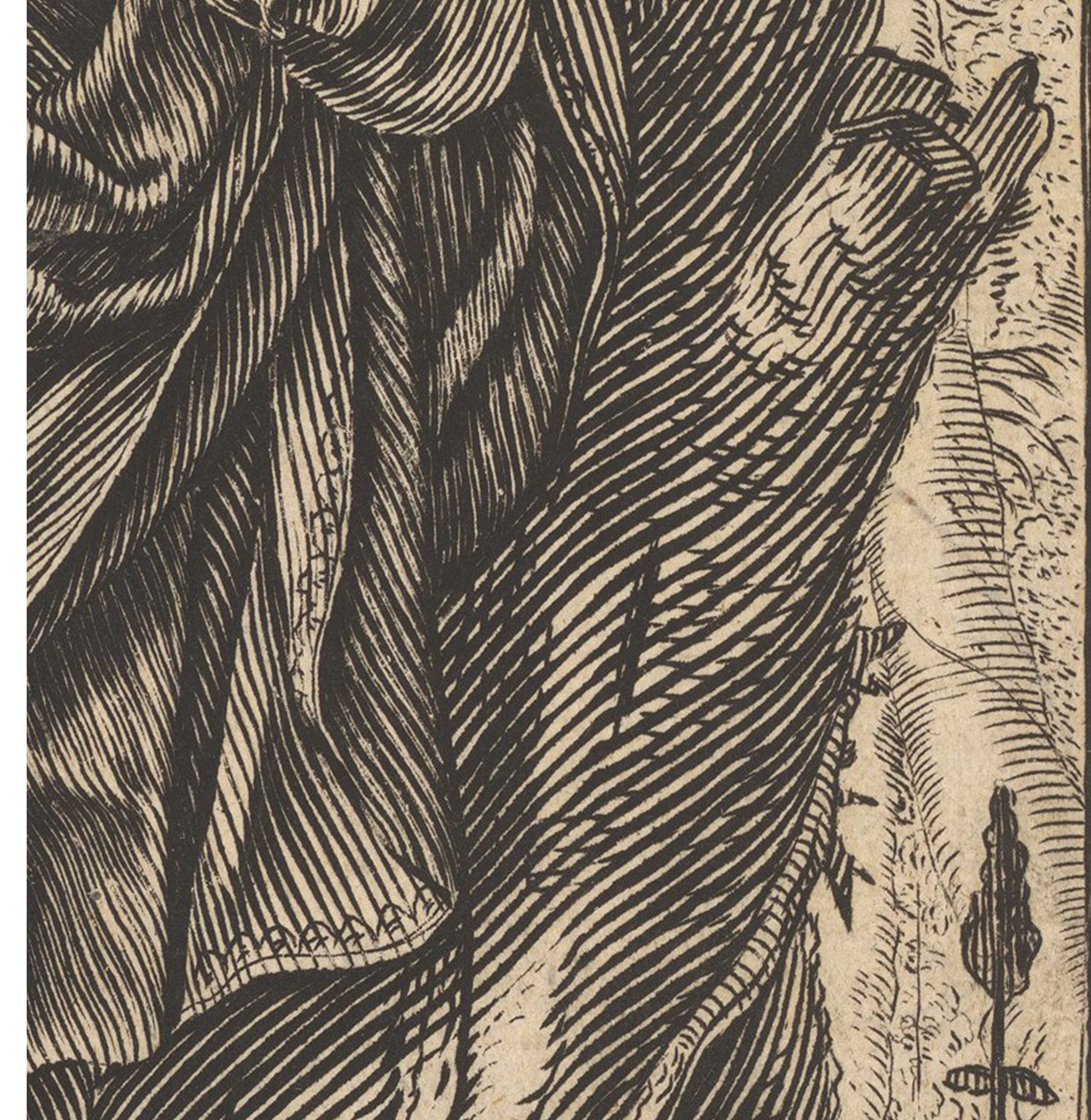
In 1688, London bookseller Randall Taylor sold a pamphlet entitled Curious Enquiries [Figure 1], comprising a series of natural-philosophical essays, and a satirical dialogue on the “Tricks of Astrological Quacks.” [1] Few readers, one suspects, were tempted by so plain a title, rendered even less inviting by its anonymous publication. One customer, however, did not hesitate: Robert Boyle, the celebrated natural philosopher and tireless bibliophile, purchased his copy just around the corner at The Ship in Paternoster Row. [2]
The slim pamphlet might have been forgotten, were it not for its daring response to the problem of determining longitude at sea; a challenge of such weight for contemporary imperial affairs that, in 1714, it led the British Parliament to establish a dedicated board.
The passage in question appears in the first chapter, “On Longitude”. [3] There, the author of the Enquiries, at first still conscientious, presents a traditional approach to determining longitude: observing and measuring lunar distances at sea. Having carefully described the moon’s orbit and its relative brightness, however, he rejects this method, concluding that no instruments were precise enough to put it into working practice. Honoring the promise made in his preface, the author proceeds to present his audience with a “wholly new” approach to the problem. [4] What follows is a recounting of an older medical-historical episode, recalled by the author in a single sentence:
If the celebrated report holds true, according to which Sir Kenelm Digby succeeded, by means of his “Sympathetick Powder”, in healing the wounded Royal secretary James Howell at a distance, that is, without touching him – could then not the same principle be applied to navigation at sea? [5]
In the next sentence, the reader is met with an indeed “curious” proposition: suppose an “Inferiour Creature” were wounded and taken aboard a ship for a prolonged journey – could one not then, by means of the powder and so long as its effect endured, communicate over a distance the exact time of noon from London to those aboard? Each time the old clothes, imbued with the creature’s blood, were dipped into the powder solution on land, a “starting” could be observed in the creature aboard the ship.
The Birth of a Theory
It is difficult to convey a vivid sense of this 1688 thought experiment without interpreting the notoriously terse original text. All the more curious, then, is the casual manner in which recent histories of the longitude problem, timekeeping, and magic rely on the Enquiries as the source of the so-called “Wounded-dog theory.” [6] Some historians even omit the pamphlet’s satirical nature entirely and present it as little more than a historical curiosity.[7] Meanwhile, questions concerning the authorship of the Enquiries, their exact date of composition, and their satirical genre have yet to be addressed.
Upon a closer reading of the original, certain inconsistencies in what has been addressed as “theory” become readily apparent: The proposition mentions neither a dog nor its anguished yelping, through which the sun’s meridian – essential for calculating the longitude at sea – would supposedly be communicated. While the dog serves merely as a contrivance of the proposal’s fictitious adversary (“Fye! says one”), no mention is made of pain arising from sudden healing.
In describing Howell’s reaction – or that of the creature – the author consistently chooses the verb “start”, which likely hints at pain but does not require it. [8] Meanwhile, the adversary’s objection is aimed explicitly at the wound’s pain itself, not at discomfort arising from its healing.
Figure 1. Curious Enquiries (London 1688), Frontispiece
Figure 2. James Howell (c. 1594 – c. 1666). Courtesy of the Metropolitan Museum of Art.
The Satire’s Twofold Aim
So much for the scarce textual evidence. Some modern historians have not failed to notice the counterintuitive reasoning behind the proposition, in which a healing powder is used to elicit a pain response. To prevent misunderstanding, they note that instantaneous healing could hardly occur without some accompanying pain. Others, however, trace the idea back to certain “rumors” that Digby’s patients were said to contort themselves in pain (see, for example, Dava Sobel in her bestselling book on Longitude). [9]
The fact that Digby, in his 1658 Discourse, boasted exclusively of the relief experienced by Howell after the application of his powder does little to contradict the existence of such rumors. Their existence, however, seems rather implausible, given that the patient’s painlessness had long been central to the remedy’s Pathos, and was time and again emphasized in later accounts – from Robert Boyle (“pain entirely ceased”) to Nicolas Papin. [10] Hence, either “start” does not allude to a pain response at all, or – my thesis goes – it conceals a structural deficiency within the experiment, and thereby within the “Wounded-dog theory” as a whole.
Sandro Paul Heidelbach is a PhD candidate in Early Modern Studies and German Studies at Yale University. His research explores the intersections of literature, media history, and the history of science in the late seventeenth and early eighteenth centuries. His current project investigates theories of medial transmission in Baroque optics, medicine, and antiquarianism. His study of Christiaan Huygens’s meteorological drawings has been published in Nuncius.
The deficiency seems to lie in the satire’s twofold aim, its two partly conflicting thrusts: ridiculing Digby on the one hand, and lampooning futile attempts to solve the longitude problem on the other. The former, after all, presupposes the element of healing, which was believed to unfold over a duration of several days once pain relief had set in; the latter, however, requires a punctual, clearly perceptible event capable of marking the time. Evidently, only the dog’s sudden yelping in response to pain could fulfil this function.
The author’s persistent use of the term “start” can therefore be interpreted as an attempt to navigate this quandary. This reading is consolidated by the fact that the author could just as easily have replaced remote healing with the deliberate infliction of pain, for Digby’s Discourse does indeed describe means of intensifying the original pain – such as the extreme heating of the blood-soaked cloths. [11] It seems apparent, however, that the Enquiries’ author set out to ridicule the positive effects of Digby’s healing tincture, rather than any – typically accidental – misuse.
A Case Against Animal Cruelty
To abuse the sympathetic bond of Digby’s powder to amplify the creature’s pain aboard the vessel – this would be a most cruel, yet coherent reading of the “theory”.
It is rather unlikely, however, that the author of the Enquiries intended any such procedure. Not merely – as has been noted – because it would neglect the healing effect of the powder, the very characteristic at which the satire is directed. But also, perhaps, because sheer cruelty alone makes for a poor object of satire. Rather, it is in the regulated alternation of suffering and relief imposed upon the creature that the cynicism resides, which draws forth the adversary’s rebuke (“Fye! says one”)
At first glance, it might be surprising that the objections of the adversary are entirely ethical. Given that Digby and his ‘miraculous’ remedy had long been dismissed as charlatanry, one might expect a more rationalist critique – essentially, a refutation. Nevertheless, the nameless adversary in the Enquiries disputes neither the efficacy of Digby’s remedy nor the plausibility of the longitude determination that relies upon it. His exclamation “Fye!” targets only the undertaking “to put a Dog to the misery of always having a Wound about him to serve you.” [12] It thus draws attention to the bodily repercussions that seem to have completely escaped the notice of his counterpart.
It should be noted that the objection follows a satirical scheme that the author employs throughout the Enquiries, for instance, in his proposal for measuring ocean depth. In each case, the introduction of a pressing research gap is met with a cunningly devised solution, only to be revealed as a “whim” – an overly theoretical notion entirely removed from the real world. [13] In this light, the author of the Enquiries emerges as a distant heir of Sir Nicholas Gimcrack from Shadwell’s 1676 Royal Society satire The Virtuoso. Meanwhile, the hapless creature he condemns to suffer in the service of science carries forward a lineage of Baroque “Animal Satire”. [14]
Addendum: The Case of James Howell
As Elizabeth Hedrick has shown, Digby’s tale of curing James Howell [Figure 2] in 1624 was a fabrication, crafted to secure his reputation as the sympathetic powder’s inventor and to fend off Sir Gilbert Talbot’s competing claims. [15] Hedrick’s case against Digby’s claims rests on a wealth of evidence, including a series of passages drawn from Howell’s own literary writings between 1635 and 1660.
Perhaps the most persuasive testimony is found in Howell’s 1660 animal satire Therologia, which makes literary use of the sympathetic powder yet, tellingly, omits any reference to Digby as its inventor – only two years after his celebrated Discourse at the medical academy in Montpellier. Hedrick takes Howell’s refusal to publicly confirm his role as the remedy’s pioneering patient as a “gentle repudiation” of the claims made by his friend. [16]
While Hedrick’s case is highly compelling, it foregoes the fact that Howell had already alluded to the sympathetic powder in a letter included in the fourth volume of his Familiar Letters – by some readings, before 1643, and in any case prior to 1655.[17] The letter itself is dated January 10, written from London’s Holborn district, and directed to a certain T. Harris.
In the opening of the letter, Howell confesses to Harris the delight and “new Spirits” he habitually receives from their correspondence. He proceeds to speculate that this transmission of affect relies on subtle particles similar to those involved in magnetic interactions (“Atomicall energy”). It is within this framework of distant communication that Howell mentions the sympathetic powder – once again without reference to his longtime alchemist friend. If this letter to Harris is placed alongside the writer’s earlier account of the sympathetic transmission between sailors and their lovers ashore (letter to T. Lucy), it seems tempting to imagine that the author of the Curious Enquiries was among Howell’s most attentive readers. [18]
